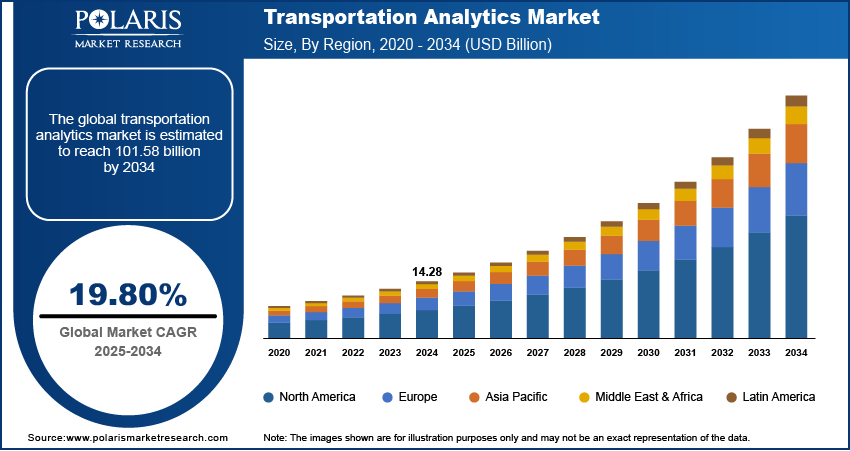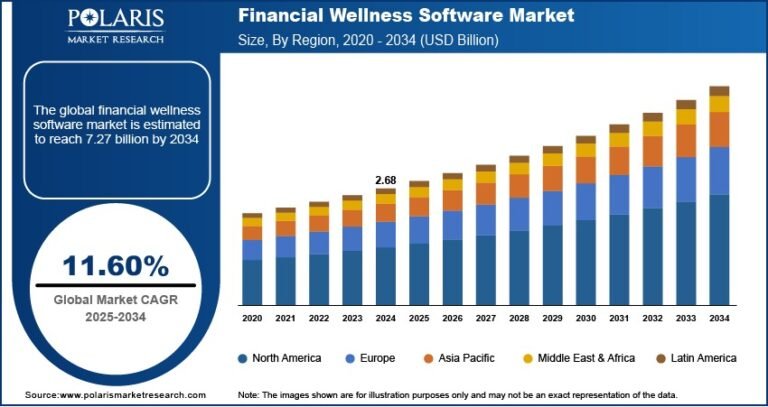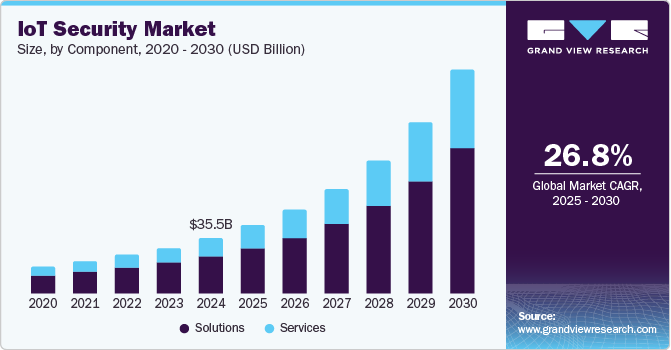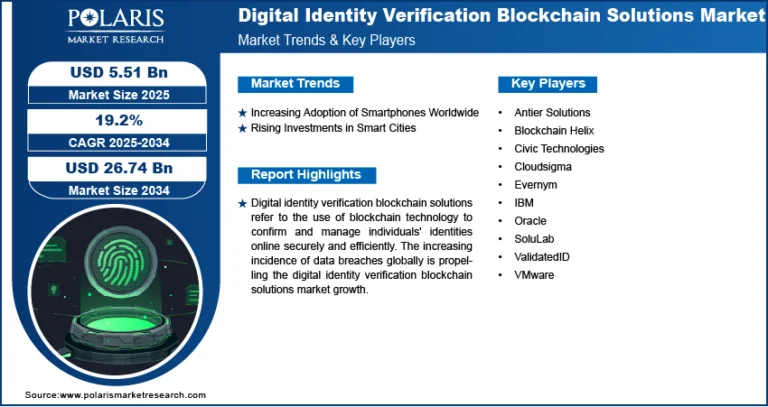Transportation Analytics Market to Reach USD 101.58 Billion by 2034, Growing at a CAGR of 19.8%

The global Transportation Analytics Market was valued at USD 14.28 billion in 2024 and is projected to grow at a CAGR of 19.8% from 2025 to 2034. This growth is driven by the rise of smart city initiatives, the deployment of intelligent transportation systems (ITS), and the increasing adoption of AI and IoT technologies in logistics, traffic optimization, and fleet management.
Key Market Trends & Insights
- Rising Demand for Smart Mobility: Increasing need for real-time data to optimize urban traffic and reduce congestion.
- Growth in Intelligent Infrastructure: Widespread deployment of connected traffic signals, sensors, and smart road systems.
- Adoption of Predictive Maintenance: Use of analytics to forecast vehicle and infrastructure failures before they occur.
- AI & IoT Integration: Enhanced analytics precision through real-time data from GPS, telematics, and connected devices.
- Expansion of Cloud-Based Platforms: Cloud analytics driving scalability, cost-efficiency, and remote access for transport operators.
- Focus on Sustainability Goals: Transportation analytics helping cut emissions and improve eco-friendly route planning.
- Emerging Market Penetration in Asia-Pacific: Rapid urbanization and smart city investments boosting regional adoption.
Market Size & Forecast
- Market size value in 2025 – USD 13.05 billion
- Revenue forecast in 2034 – USD 62.85 billion
- CAGR – 19.80% from 2025 – 2034
Request for Free Sample: https://www.polarismarketresearch.com/industry-analysis/transportation-analytics-market/request-for-sample
What is Transportation Analytics?
Transportation analytics refers to the use of data analysis tools and technologies to evaluate, manage, and optimize transportation systems and logistics operations. It involves collecting data from various sources such as GPS, sensors, traffic cameras, and IoT devices to gain insights into traffic flow, vehicle performance, route efficiency, and commuter behavior. By leveraging advanced techniques like AI, machine learning, and predictive modeling, transportation analytics supports better decision-making in traffic management, public transit planning, freight logistics, and infrastructure development. The ultimate goal is to improve safety, reduce congestion, lower costs, and enhance the overall efficiency and sustainability of transportation networks.
Key Market Drivers – Transportation Analytics
Smart Transportation Projects – Governments and cities are adopting smart transport systems and Advanced Traffic Management Systems (ATMs) to enhance traffic flow and ensure public safety.
Use of Big Data and IoT – Integration of Big Data, IoT, AI, and Machine Learning is transforming transportation by enabling smarter, faster, and more efficient operations.
Real-time Data & Predictive Tools – The growing need for real-time analytics and predictive insights is improving fleet management, maintenance planning, and route optimization.
Better Efficiency & Cost Savings – Transportation analytics helps reduce fuel consumption, travel time, and emissions, leading to significant operational cost savings.
Safety and Risk Monitoring – Increased emphasis on transportation safety is driving the adoption of analytics solutions for proactive monitoring and risk mitigation.
Market Segmentation
By Deployment Model – Transportation analytics is available in on-premise, cloud, and hybrid models, with on-premise solutions favored for data control and security.
By Application Area – Analytics is widely used in logistics, public transit, aviation, maritime, and rail to enhance operational planning and decision-making.
By Type of Analytics – The market leverages descriptive (what happened), predictive (what might happen), and prescriptive (what to do next) analytics for actionable insights.






